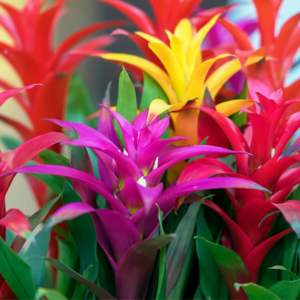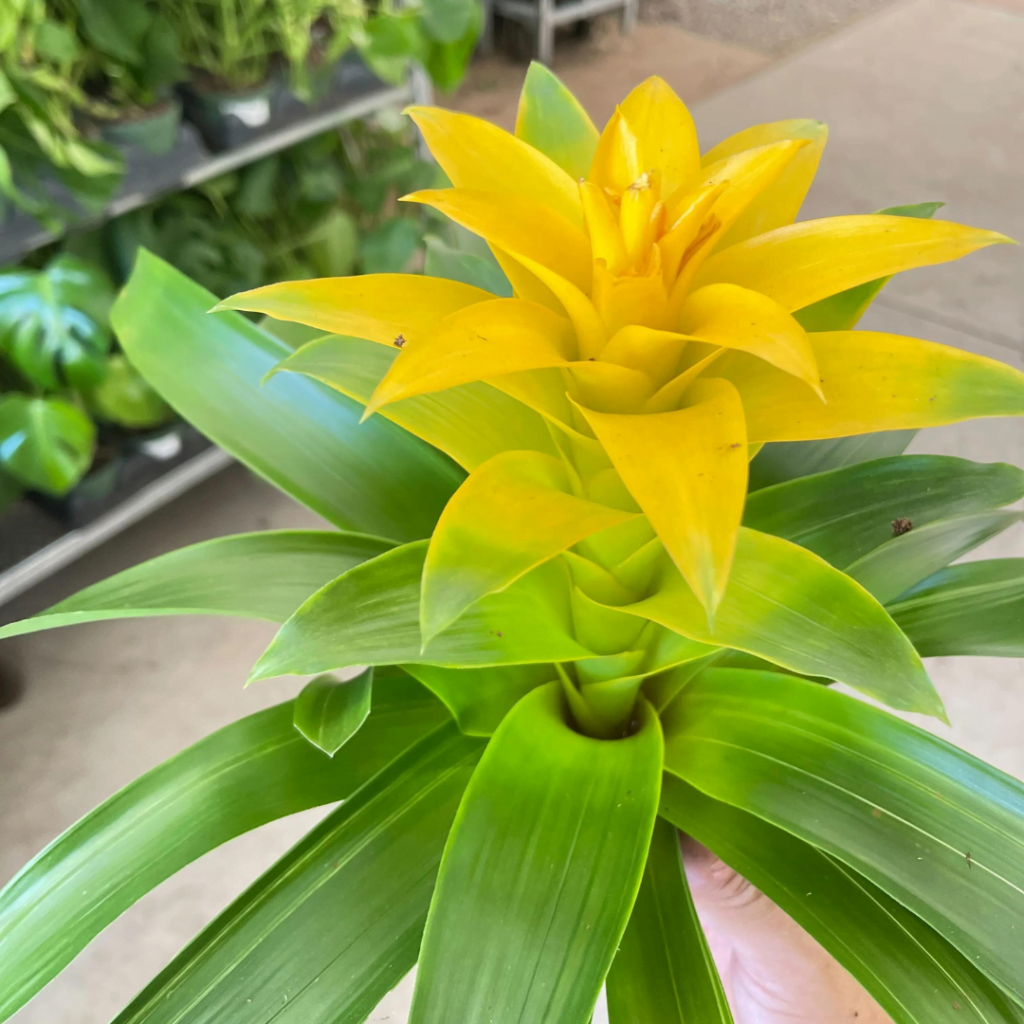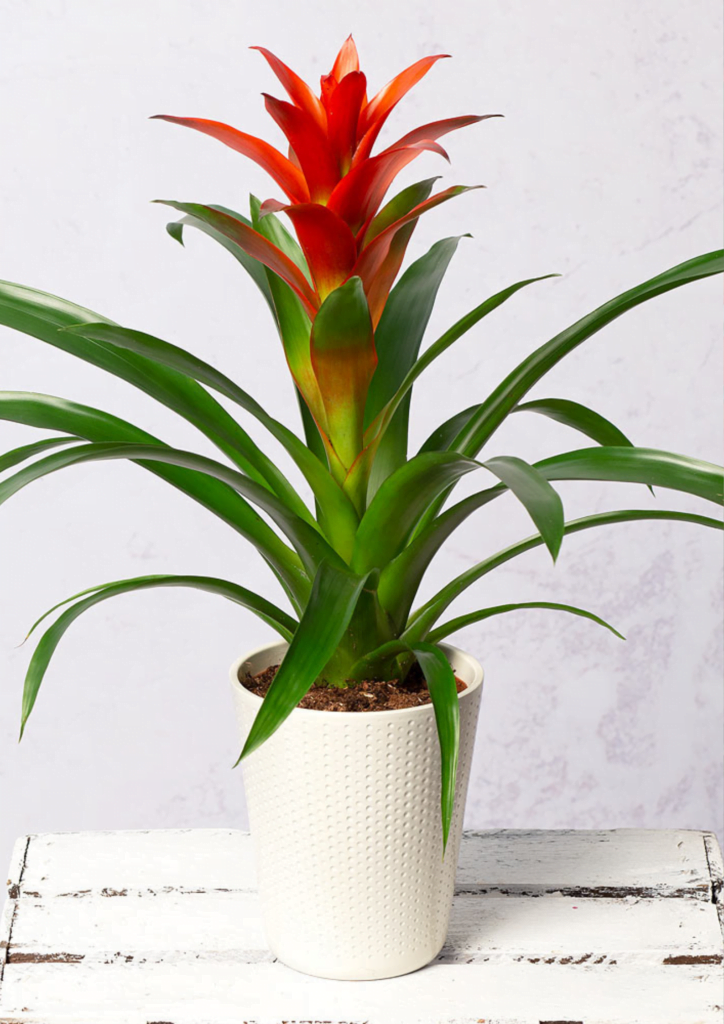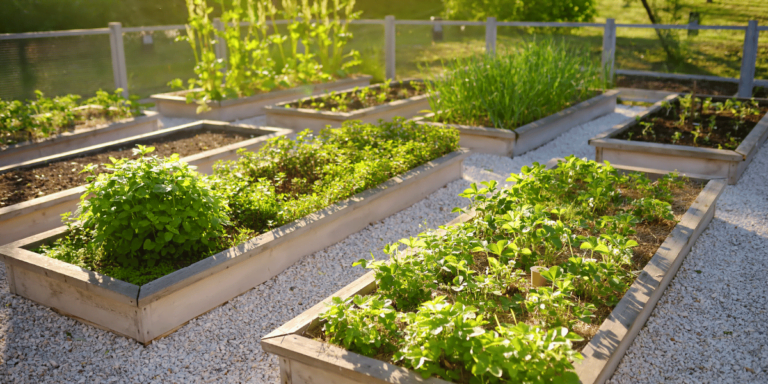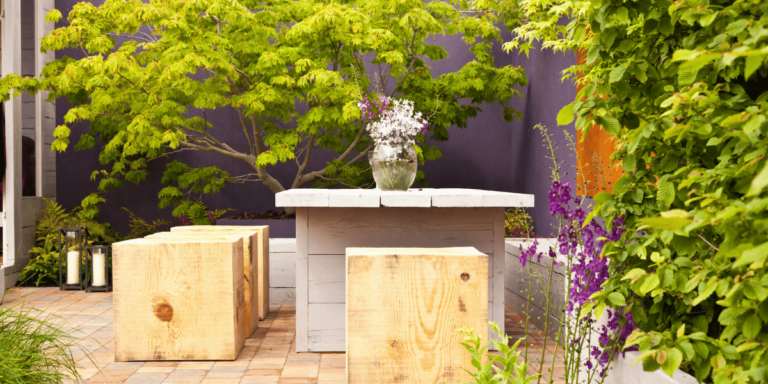Introduction
The Guzmania plant, with its vibrant bracts and lush foliage, offers a slice of tropical splendor to any indoor environment. In this extensive review, we will dive deep into the world of Guzmania care, ensuring that even a novice gardener can cultivate a flourishing specimen. Through the mastery of essential care elements—ranging from light requirements to the intricate process of propagation—this piece will serve as your comprehensive guide to nurturing these exotic beauties.
Guzmanias have captured the hearts of indoor plant enthusiasts due to their low maintenance and stunning visual appeal. As we dissect each care aspect, this review will emphasize the simplicity behind sustaining these plants, shedding light on common misconceptions, and providing a pathway to success for every green thumb.
| Key Specification | Detail |
|---|---|
| Common Names | Guzmania plant |
| Botanical Name | Guzmania spp. |
| Family | Bromeliaceae |
| Plant Type | Epiphytic perennial |
| Mature Size | Up to 2 feet tall |
| Sun Exposure | Indirect, bright light |
| Soil Type | Orchid potting mix |
| Soil pH | Slightly acidic |
| Bloom Time | Late winter or early spring |
| Flower Color | Red, yellow, orange |
| Hardiness Zones | 10 to 12 |
| Native Area | Central and South America |
| Benefit | Air purification, aesthetics |
Plant Care Overview
Caring for a Guzmania plant isn’t just about keeping it alive; it’s about understanding the unique rhythm and nature of this tropical gem. Native to South America, Guzmanias thrive under a specific set of conditions which, when replicated, can lead to a remarkably robust plant that provides eye-catching decor and a touch of nature’s magic indoors.
Optimal Light Conditions
Light serves as the lifeblood of any plant, and for Guzmania, this remains a cornerstone of their well-being. These plants revel in bright, indirect sunlight—the kind that mimics the dappled light of their native rainforest canopies. Direct sunlight, however, can be a ruthless foe, scorching their delicate leaves and causing their vibrant colors to fade. To maintain the plant’s luscious hue and vigor, positioning it near an east or west-facing window is ideal, ensuring it bathes in gentle morning or late afternoon sun.
Soil Requirements
The root system of a Guzmania is adapted to latch onto trees rather than burrow into the ground. As such, the soil for these epiphytes must be loose, well-draining, and rich in organic matter. A mix of orchid bark, peat, and perlite often creates the perfect concoction, ensuring that moisture is retained without waterlogging the roots—a condition that could spell doom for this tropical resident.
Watering Schedule
Watering a Guzmania is an art form, where less is often more. The plant’s central tank—a rosette of leaves—should be the focal point, filled with water and emptied periodically to prevent stagnation and bacterial growth. The soil itself should be kept slightly moist but never soggy, requiring a delicate balance that is typically met with weekly watering sessions. Consistency is key, along with an understanding of the plant’s signals for thirst.
Temperature and Humidity Essentials
Guzmanias are lovers of warmth and moisture in the air, flourishing in temperatures ranging from 60 to 80 degrees Fahrenheit. A dip below or a spike above can lead to stress, manifesting in wilted leaves or stunted growth. Humidity, meanwhile, should mimic their tropical roots, maintained around 60% if possible. This may necessitate the use of a humidifier or regular misting, especially during the drier months.
Fertilizer Applications
Feeding your Guzmania is akin to providing a gourmet meal—necessary, but not too frequent. A balanced, water-soluble fertilizer, diluted to half-strength and applied monthly during the growing season, suffices. Overfertilization can be detrimental, leading to chemical burn and an unhappy plant. The goal is to bolster the plant’s nutrition without overwhelming it.
Pruning Techniques
Pruning a Guzmania is straightforward and seldom needed. The goal is to remove dead or dying leaves to maintain aesthetics and direct the plant’s energy toward growth. The occasional snip also helps prevent rot and disease, ensuring your plant remains a picture of health.
Overwintering Strategies
As temperatures drop, the Guzmania’s care shifts. While overwintering, the goal is to reduce watering and stop fertilizing, allowing the plant to rest. It’s a period of stasis, where the plant gathers strength for the coming growth season, provided it is kept away from cold drafts and any drastic temperature changes.
Propagating Your Guzmania
Propagation offers a window into the future, where new life emerges from the parent plant. Guzmanias propagate through offsets or “p
ups” that spring from the base of the mother plant. With careful separation and potting, these pups can become the genesis of a new generation of Guzmanias, continuing the cycle of growth and beauty.
Types of Guzmania Plants
Guzmania encompasses a diverse genus, with over 120 species and countless cultivars, each with its own unique charm. Some popular varieties include:
- Guzmania lingulata: Often seen with brilliant red bracts, it’s one of the most common species found in households.
- Guzmania ‘Hope’: Recognizable by its softer, peach-pink bracts that curve elegantly.
- Guzmania musaica: Named for its mosaic-like patterned leaves, offering a textural visual appeal.
Each type of Guzmania has its own subtle variances in care, but the general guidelines presented in this review serve as a good foundation for the cultivation of any variety within this spectacular genus.
Common Pests & Plant Diseases with Solutions
Guzmanias are relatively resistant to pests and diseases, yet no plant is immune. Here are a few to watch out for:
- Mealybugs and Scale: These sap-sucking pests can be treated with neem oil or insecticidal soap. Regular inspections and cleaning of leaves will prevent infestations.
- Root Rot: Typically caused by overwatering, the solution lies in allowing the soil to dry out between waterings and ensuring good drainage.
- Fungal Infections: Air circulation is key to prevention, but fungicidal sprays may be necessary if problems arise.
Maintaining a clean environment and monitoring your plant regularly can mitigate most issues before they become problematic.
Encouraging Your Guzmania to Bloom
Guzmania flowers once in its lifetime, and ensuring that bloom is vibrant involves specific care:
- Adequate Light: While avoiding direct sunlight, ensure your Guzmania receives plenty of bright, indirect light to encourage flowering.
- Proper Nutrition: A balanced fertilizer during the growing season supports the energy needs for blooming.
- Maturity: Guzmanias typically bloom when they are mature, which can take several years from the time of propagation.
There’s an old gardeners’ trick involving placing the plant in a bag with a ripe apple, which emits ethylene gas, encouraging the plant to bloom. However, this should be done with caution as it can also stress the plant.
Common Problems with Guzmania Plants
While Guzmanias are easygoing, they can have a few issues:
- Leaf Spot: Caused by too much direct sunlight or water left on leaves during hot days.
- Brown Tips: Often a result of low humidity or fluoride in tap water. Using filtered or rainwater can resolve this.
- Failure to Thrive: Usually due to inadequate light or nutrient imbalance. Adjust care routines accordingly.
Understanding these common issues will equip you to act swiftly, keeping your Guzmania healthy and vibrant.
Addressing Rapid Decline
When a Guzmania begins to decline rapidly, it can be a sign of several issues—overwatering, poor light, or temperature stress. This section addresses the telltale signs of decline and offers troubleshooting tips to revive your ailing plant. It’s a guide to diagnosing and remedying the problems that can beset this otherwise resilient species.
Thriving with Guzmania – A Closer Look
The journey with Guzmania is one of connection and care, a partnership between plant and gardener. This section encapsulates the essence of what it means to nurture a Guzmania, providing an in-depth look at the joys and challenges it presents. We’ll explore the nuances of care that can turn a struggling plant into a thriving spectacle.
Thriving with Guzmania – A Closer Look
Concluding our extensive review, it’s evident that the Guzmania is a plant that demands respect but not fear from its caretaker. It is a testament to nature’s adaptability and beauty, thriving with a bit of attention and care. This review has unveiled the simplicity behind what may initially appear as daunting requirements. Armed with knowledge and insight, any plant enthusiast can expect their Guzmania to not just survive, but truly thrive, becoming a centerpiece of any indoor garden collection.
Your journey with Guzmania will be one of learning and enjoyment, a testament to the fact that the best of nature can indeed be harbored within the four walls of your home. Embrace the process, and watch as your care transforms into vibrant blooms and lush foliage that speak of your dedication and love for indoor gardening.
Guzmania is more than a plant; it’s a vibrant conversation piece, a natural art installment, and a source of daily joy. As you embark on this botanical adventure, may the flamboyant splendor and enduring resilience of Guzmania inspire a deeper appreciation for the world of indoor plants.
Frequently Asked Questions
Decode the magic of gardens with our guide to Landscaping Styles Frequently Asked Questions.
- Water your Guzmania once a week, making sure to empty the central tank to prevent rot.
- Yes, Guzmanias can do well under bright, artificial light, making them suitable for offices with fluorescent lighting.
- Repot your Guzmania when the plant outgrows its pot or every two years to refresh the soil, whichever comes first.
Brown leaves can indicate under-watering, low humidity, or direct sunlight exposure. Assess the care routine and adjust accordingly.

